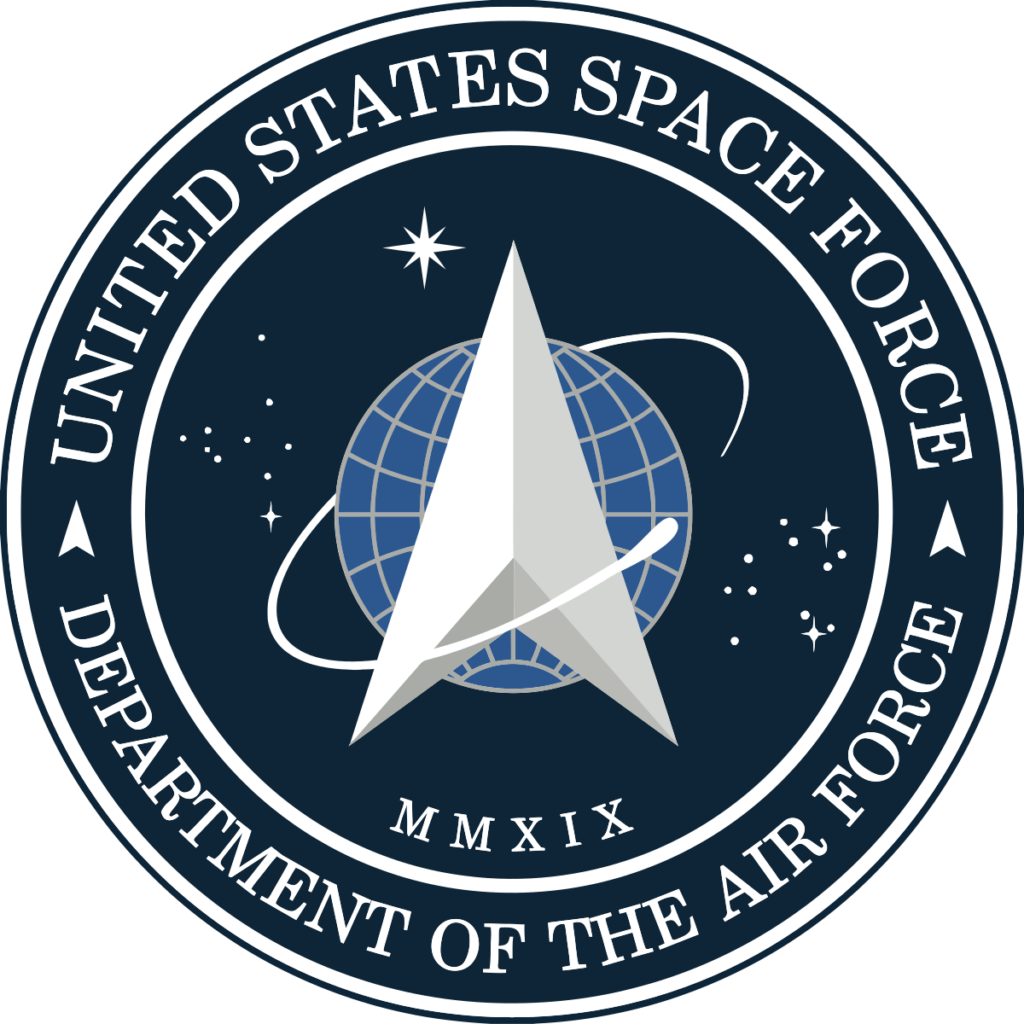
Military Heritage Museum Collection

United States Space Force
- Overview of the United States Space Force
- Founded: December 20, 2019 (Newest branch of the U.S. military)
- Mission: “The United States Space Force (USSF) is responsible for organizing, training, and equipping Guardians to conduct global space operations that enhance the way our joint and coalition forces fight. The mission is to secure and protect the United States’ interests in space.”
- Primary Responsibilities:
- Space domain awareness and control
- Satellite communications and navigation
- Missile warning and space-based surveillance
- Defending U.S. interests against space and counter-space threats
- Supporting joint operations across all domains
Official Website: https://www.spaceforce.mil/
- The Mission of the U.S. Space Force
- Space Superiority & Defense
- Ensures the U.S. has freedom to operate in space while denying adversaries the same capability.
- Develops and deploys defensive space technologies and monitoring systems.
- Missile Warning Systems
- Monitors ballistic missile threats with ground-based radars and satellites.
- Provides real-time alerts to national defense systems.
- Satellite Operations
- Manages Global Positioning System (GPS), communications, and early warning satellites.
- Supports U.S. and allied military operations with critical data.
- Space Launch and Access
- Coordinates the launch and operation of U.S. satellites.
- Ensures safe and reliable access to space assets.
Mission & Vision: https://www.spaceforce.mil/About-Us/About-Space-Force/
III. History & Founding of the U.S. Space Force
- Origins in the U.S. Air Force
- Initially operated as Air Force Space Command under the U.S. Air Force.
- Recognized as increasingly critical to national security and defense operations.
- Formation as Independent Branch (2019)
- Signed into law by the National Defense Authorization Act.
- Became the first new military service since the Air Force in 1947.
- Early Growth and Planning
- Established headquarters, training programs, and career paths for Guardians.
- Partnered with NASA and private space companies for innovation.
- Modern Role and Innovation
- Developing cutting-edge technologies and AI for space warfare.
- Shaping U.S. space policy and international space cooperation.
Space Force History: https://www.spaceforce.mil/About-Us/History/
- Key Roles of the U.S. Space Force
- Defending U.S. Assets in Space
- Monitors U.S. satellites and infrastructure.
- Protects from cyber attacks, electronic jamming, and kinetic threats.
- Space Domain Awareness
- Tracks over 27,000 objects orbiting Earth, including debris.
- Shares data with NASA and global allies.
- Integrated Joint Functions
- Supports all military branches through space-enabled operations.
- Enhances coordination across air, land, sea, cyber, and space domains.
- Global Missile Detection & Deterrence
- Provides early missile warning through space-based sensors.
- Strengthens strategic deterrence across all regions.
Roles and Core Functions: https://www.spaceforce.mil/About-Us/FAQs/
- Famous Units & Commands
- Space Operations Command (SpOC)
- Headquartered at Peterson Space Force Base.
- Oversees space operations and capability development.
- Space Systems Command (SSC)
- Manages research, acquisition, and launch services for new systems.
- Delta Squadrons
- Specialized units focusing on satellite control, cybersecurity, and global communications.
- Numbered squadrons within SpOC assigned specific missions.
Space Force Units & Structure: https://www.spaceforce.mil/About-Us/Fact-Sheet/
Understanding the Unique Space Force structure:
https://www.defense.gov/Multimedia/Experience/Military-Units/Space-Force/
- Emerging Role & Future Missions
- Global Integration & Joint Operations
- Collaborates with NATO and allied nations on space security and operations.
- Plays a key role in the Department of Defense’s Joint All-Domain Command and Control (JADC2).
- Technological Innovation
- Investing in next-generation satellite constellations.
- Testing autonomous spacecraft and quantum computing for communication.
- Commercial Partnerships
- Partners with SpaceX, ULA, and Blue Origin for satellite deployment.
- Enhancing space logistics and rapid satellite replacement capabilities.
- Space Warfighting Doctrine
- Developing strategies for conflict prevention and rapid response in space.
- Training Guardians in orbital warfare and defense systems.
Future of the Space Force: https://www.spaceforce.com/
https://www.spaceforce.mil/About-Us/About-Space-Force/Space-Capabilities/
Conclusion & Review
- Key Takeaways:
- The Space Force is the most modern branch focused on space operations, defense, and innovation.
- Plays a critical role in protecting national security from orbital threats.
- Serves alongside other branches while developing unique capabilities for the space domain.
Additional Resources & Links:
📌 U.S. Space Force Official Website: https://www.spaceforce.mil/ 📌 Recruitment & Careers: https://www.spaceforce.com/ 📌 Space Force History: https://www.spaceforce.mil/About-Us/History/ 📌 Fact Sheets: https://www.spaceforce.mil/About-Us/Fact-Sheet/